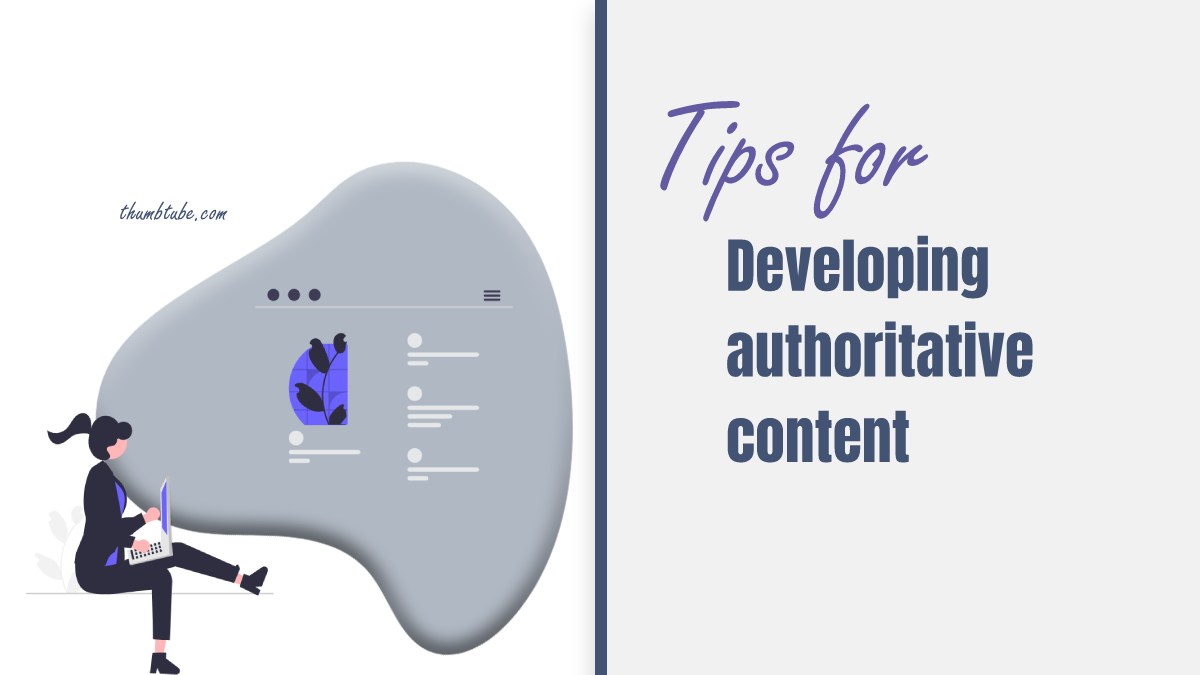Simply put, authentic content is original content that educates the user, demonstrates expert knowledge, and offers the appropriate level of depth to the intended reader. It’s an article that can help readers answer their questions or locate the information they’re looking for. You have to become or hire a social media content creator to leverage your marketing to the next level.
A website with authentic content is positioned as an authority on the subject and a reliable voice.
Different Types of Authoritative Content
To get to the right place, here are the most popular kinds of content that can be used to encourage visitors to come and interact with your site.
- Tutorials and instructional videos assist people in completing tasks such as changing tires.
- Long-form articles or blog posts that inform the reader about the subject.
- Buyer guides to help buyers make good purchase choices.
- Videos help to get to know the product or see it in action.
- Content that is timeless appeals to the audience’s needs and won’t go out of style.
Here are five points Clark presented in her SMX Advanced keynote on how to create authoritative information for Google and users.
Be focused only on the depth of your work, and do not focus too much on the width. Clark stated that Wirecutter had a “mile-wide inch-deep approach” to reviews of products. Their content strategy was reshaped in 2018 and went a mile deep. So, here’s what to create.
Pages with top-level content
These served as a compilation of summaries for specific guides and related usage cases. The pages are linked with mid-level pages to provide more details.
Mid-level pages
These detail specific usage cases or kinds of products. Content supporting the site includes blog posts, how-tos, and news. They were designed to increase the breadth and depth of coverage by providing answers to frequently asked questions and linking to other pages whenever it made sense.
Create authority via topical ideas
One of Wirecutter’s goals was to customize search results for the term “vacuums.” They’d had around five opinions on various vacuums (handheld and robotic, cordless stick, steam).
Clark stated that they consulted the search results to find additional use scenarios to identify and fill in content material gaps. They also researched information on content comparisons and other content that people have been searching for.
Clark mentioned, “we have always kept up-to-date the subject website and the ‘best vacuum’ website page to link to and address all usage situations because it was not current,.”
Have a purpose
There must be a clear, user-focused motive behind why a website or page was made. The function may be a single or multiple aspects.
As per Google’s definition, a website should have clear, helpful, or valuable services for users, Clark stated.
Questions to ask yourself:
- What is the primary purpose of a particular web page on your website?
- Who do you expect to visit the page?
- What are they hoping to find when they arrive?
The best way to present content is to do it in the most effective way for the content in question. It is essential to clearly define what’s most important with how you display your information. It is important to guide people to allow them to dig into specific use cases as required.
There are two kinds of content categories:
- Main content: It should directly aid a page in achieving its objective. This could include text tables, images, or other elements on the page that help people understand the goal and how to achieve the objective.
- Additional content: It should help users locate and navigate to the main content, and the additional content shouldn’t distract users from the main content.
Show your E-A-T
Expertise:
- Structured information was added on author pages to confirm that Wirecutter’s articles were written by experts or by people who had expertise in a specific area.
The author pages began with a paragraph at the top of the page with information about the author:
Authoritativeness:
They are “tried-and-true” elements that are used on pages to describe how Wirecutter generally designed its pages:
- Introduction: This explains the procedure and its results in just one paragraph. It’s intended to be a simplified version of the research and testing. The paragraphs always had a link to the purchase page, making it simple for consumers to decide.
What we chose the criteria are detailed in this article. And features that were evaluated. These features are particularly important due to Google’s Product Review updates. Wirecutter also kept the original publication date timestamps by employing schema. Why?
They believed this method would show their longevity and ensure that Google was aware that even though the page was relocated to a different location, it was still the same authentic piece of content written by the same person a couple of years before.
Trustworthiness:
This is a measurement of two factors:
- Accuracy: Use an Update box to find out when something is out of stock or if data has been changed. This can ensure that your website has the most current information.
- Transparency: What are your recommendations for products? What methods do you use to test products? People need to believe in you. Therefore, you must give them reasons to trust you.
Conclusion
The search engines have become efficient enough to discover the results that users are looking for with only small pieces of data. Even if someone does not know what they’re looking to find, Google can still understand the meaning behind the search.




